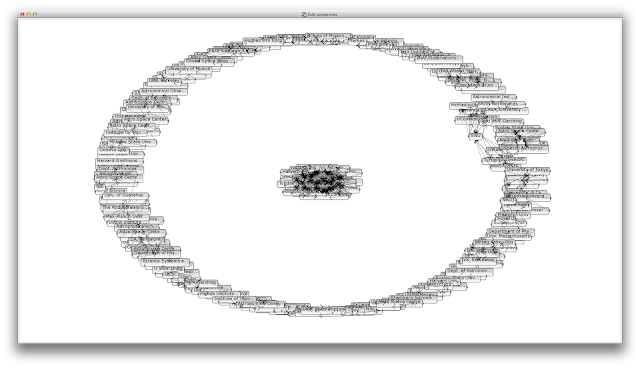My last day as an Intern at Enthought, India.
For those of you who don't know about Enthought , which is probably all of you, it's provides "Scientific Computing Solutions" and I have been lucky enough to land an internship in the India office. It's been an amazing two months during which I have personally accomplished a lot! Two projects that I have wanted to work on for a very long time finally bore fruit over the last two month. The first was my interest in making a map that showed the locations of universities around the world where astronomical research is pursued. I wanted to, and will in the near future, add information about admission deadlines, application fees, expected GPA/GRE/TOEFL scores and what not for the universities and a way for people to select a date range or score range to decide what places to apply to. The months I spent looking and deciding on what universities to apply to could've been put to better use had there been a better way than to visit each department to look for the...
